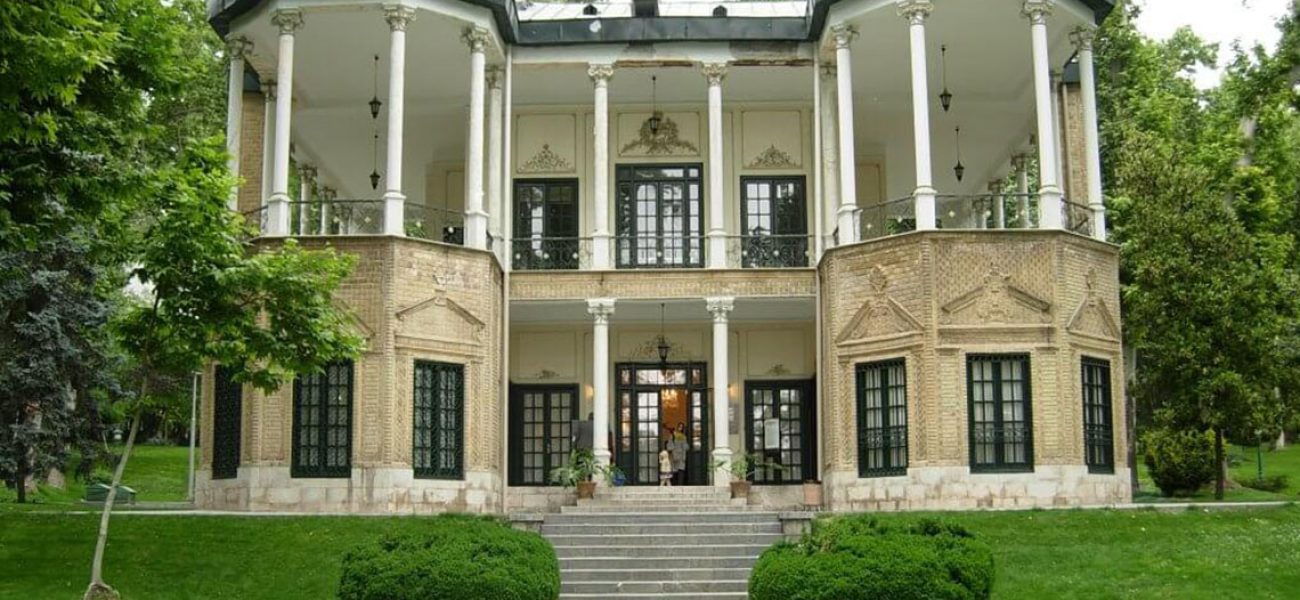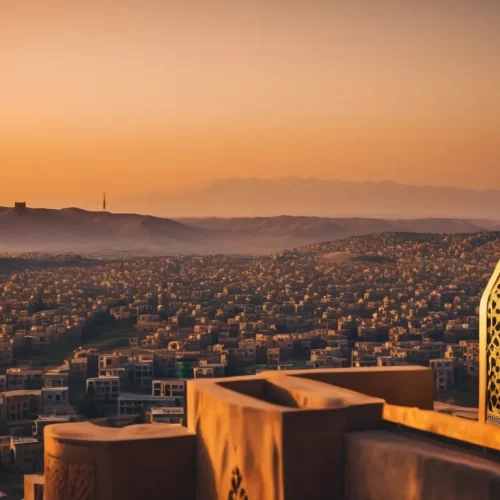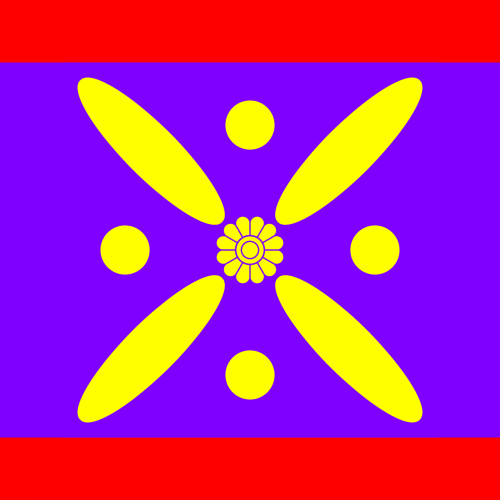Niavaran Palace, located in the heart of Tehran, is one of the most exquisite and opulent palaces in Iran. Built during the Qajar dynasty in the 19th century, it served as a summer residence for the royal family. Today, the palace is a popular tourist destination and museum that offers a glimpse into the lavish lifestyle of Iran’s royalty.
The palace complex consists of several buildings and gardens, each with its unique architectural style and historical significance. The main palace, which was completed in 1968 during the Pahlavi dynasty, showcases a fusion of traditional Iranian and modern European architecture. The interior is adorned with intricate designs, fine arts, and Persian carpets that reflect the country’s rich culture and history. Visitors can marvel at the stunning hallways, royal bedrooms, and reception halls, which are adorned with paintings, calligraphy, and luxurious furnishings.
The Sahebgharanieh Palace is another highlight of the Niavaran Palace complex. Built in the early 20th century, it was the residence of the Shah’s mother, and later, his wife. The palace is an example of traditional Iranian architecture and features a stunning mirrored hall that is known for its impressive acoustics. Visitors can explore the beautifully manicured gardens surrounding the palace, which include a fountain, a pond, and a variety of plant species.
The Ahmad Shahi Pavilion is another notable structure in the Niavaran Palace complex. Built in the early 20th century, it was used as a reception hall for official ceremonies during the Pahlavi dynasty. The pavilion features a grand entrance hall, reception rooms, and a large terrace with a stunning view of the city.
In addition to its stunning architecture and gardens, the Niavaran Palace complex is home to several museums that showcase the country’s art, culture, and history. The Niavaran Cultural Center, located within the palace grounds, houses several museums, including the Museum of Anthropology, the Museum of Fine Arts, and the Museum of Royal Carriages. Each museum is dedicated to a specific aspect of Iranian culture and history and features an extensive collection of artifacts, paintings, and sculptures.
Visitors to the Niavaran Palace complex can also explore the Niavaran Park, which is located adjacent to the palace. The park features beautiful walking trails, picnic areas, and several cafes and restaurants where visitors can relax and enjoy a meal or a cup of traditional Persian tea.
In conclusion, the Niavaran Palace complex is a must-visit destination for anyone interested in the art, architecture, and history of Iran. With its stunning palaces, gardens, and museums, the complex offers a unique insight into the country’s rich cultural heritage.




